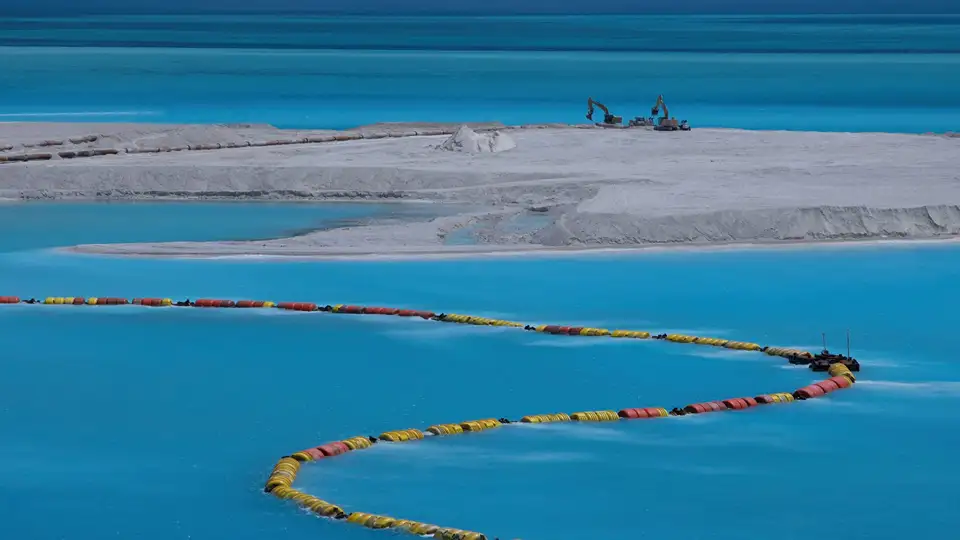Introduction
The U.S. Army Corps of Engineers (USACE), St. Paul District, is using island construction on the Mississippi River to prevent damage caused by waves and wind. Located upstream of Lock and Dam 2, the project aims to protect a historic embankment from ongoing erosion while enhancing the surrounding ecosystem. This approach highlights how sustainable engineering can simultaneously protect infrastructure and restore natural habitats.
Background: Erosion Threats to River Embankments
Built in 1930, the 3,250-foot-long earthen embankment near Lock and Dam 2 has suffered significant wear over the decades. Harsh weather, vegetation loss, and repeated high-water events have weakened the structure. To ensure lasting embankment protection, USACE identified a need for a long-term solution that could reduce the erosive force of waves without disturbing the river’s balance.
The Island Construction Project
The island construction effort involves creating a natural barrier just upstream from the embankment. This island will reduce wave fetch, the distance wind travels across open water, effectively reducing wave strength before it reaches the embankment. Utilizing local materials and natural design, the project provides a low-impact approach to controlling erosion. USACE expects construction to be completed this fall.
Environmental and Habitat Benefits
Beyond embankment protection, the project provides ecological benefits. The island will include wetlands, tall grasses, and trees, creating habitats for fish and birds. Rock features and shallow zones will support aquatic species, while vegetation will stabilize soil and filter runoff. This combination of engineering and ecology strengthens both infrastructure and the river environment.
Sustainable River Management Lessons
USACE’s island construction demonstrates how nature-based solutions can achieve reliable embankment protection. By integrating habitat restoration into infrastructure projects, the Corps sets an example for sustainable river management. The project proves that protecting river systems can also support biodiversity and water quality.
Conclusion
The Mississippi River island project represents a forward-thinking balance between engineering and nature. Through island construction, the USACE safeguards vital infrastructure while promoting ecological health, a model for future erosion control and river restoration initiatives.
